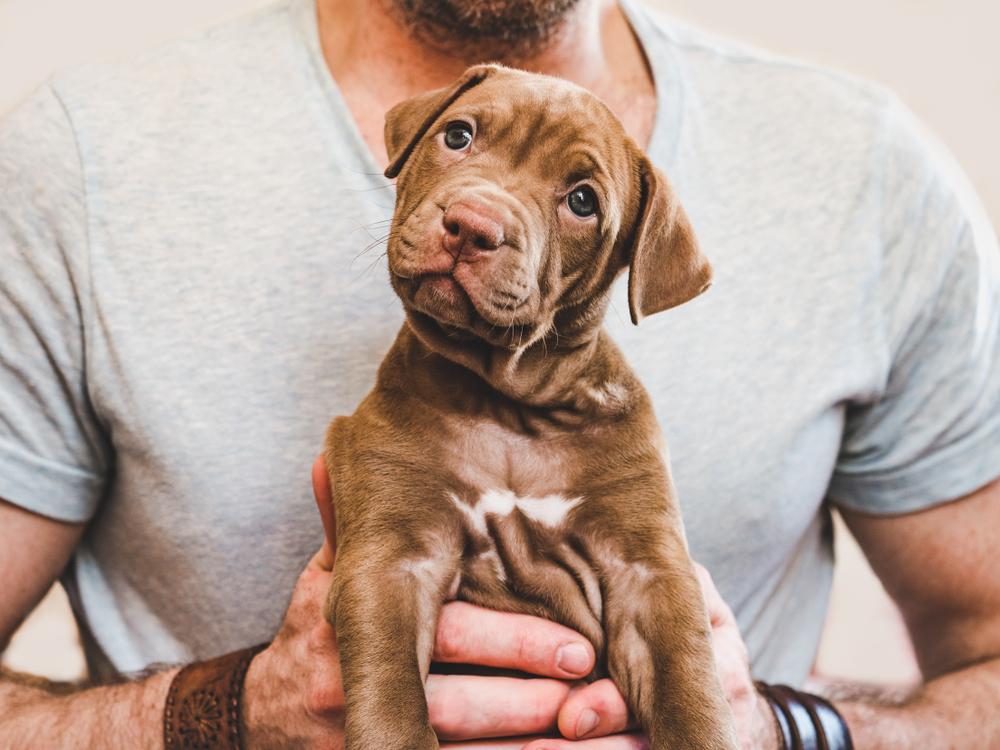According to a report published earlier this year, the global pet insurance market is predicted to grow to $11.25 billion by 2026 from $6.05 billion in 2018. This, along with the insurance sector being rocked by COVID-19, has encouraged providers to re-evaluate the type of products they offer. For example, recognising the opportunity for business development, US insurance provider Lemonade has recently introduced its own pet insurance policies, entering a new sector for the first time since the launch of its homeowner’s policies in 2016.
COVID put a premium on puppies
“Although COVID-19 has significantly disrupted global economies and many household incomes, there has been a surge in pet ownership since lockdown restrictions were implemented across the globe this year”, said Mark Colonnese, Director of insurance tech company, Aquarium Software.
In the UK, recent research from the Kennel Club revealed a 180% rise on last year’s enquiries from people wanting to buy a dog. Meanwhile, Dogs Trust noted that Google searches for ‘buy a puppy’ have increased by 166 percent since the nation went into lockdown on 23rd March. This trend has contributed to annual dog insurance prices hitting a record high of £753 in May, up 50% year-on-year.
Another factor contributing to growth in the pet insurance market is recent innovations in pet medicine and the associated rising veterinarian costs. As medicine continues to advance, healthcare which was previously only available for humans is now attainable and sought after by pet owners. It is becoming possible for vets to help pet owners manage complex conditions that would previously have been seen as impossible to treat. Advanced medical techniques such as magnetic resonance imaging (MRI) scans and complex pharmaceutical treatments such as insulin for pets with diabetes is now possible but increasingly costly. As the potential costs of treatments rise, so too does the demand for insurance policies that cover such eventualities.
Pushing the pet insurance digitalisation drive
Technological developments are another force driving change in the pet insurance industry. By utilising digital platforms, pet insurance providers can gather large quantities of data that can identify animals that are susceptible to a certain type of illness because of their breed, geographical location or other lifestyle factors. Improvements in artificial intelligence (AI) and machine learning mean insurers are less reliant on human expertise and customers can receive premiums that more accurately reflect their specific circumstances. By relying on increasingly paperless cloud-based systems, mobile apps and online claims, insurance providers are reducing costs and saving time with less busy phone lines and physical paperwork.
Mr Colonnese adds that: “Although the global pandemic has caused unprecedented challenges throughout the insurance industry, disruptive innovation is driving growth in the pet sector. We expect the pet insurance market to continue developing as more people purchase pets and seek insight to protect their pet’s long-term health.”




